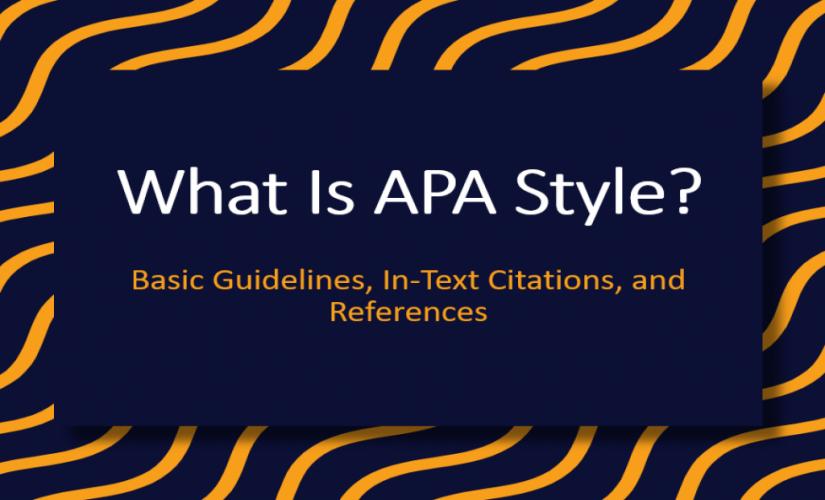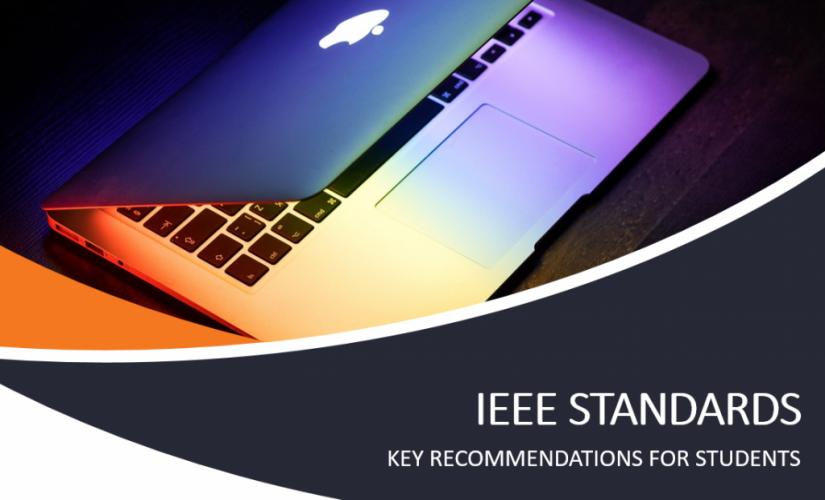The American Psychological Association (APA) has a manual for writing in scientific disciplines. Basically, the APA manual addresses most of the issues that writers may encounter in the preparation of a manuscript. In this case, an in-depth discussion concerning what is APA style focuses on its role in academic writing, parenthetical in-text citation format, and reference list guidelines.
The Roles of APA Style
The APA documentation style has two leading roles in academic writing. Firstly, the style defines the individual elements of a manuscript and highlights the content and formatting requirements. In this case, APA guidelines establish consistency in manuscript preparation. Secondly, the documentation style contains citation and referencing rules. Also, it enables authors to avoid plagiarism and self-plagiarism by considering what is APA style. In turn, the APA style guide outlines citation rules that illustrate the preferred technique of incorporating external sources in one’s work. Hence, documentation and structure are the core aspects of scientific documents that are discussed in the APA writing style.

What is APA Parenthetical In-Text Citation Style
People use in-text citations to notify the readers that another researcher’s ideas have been mentioned in the current work, covering what is APA style. For instance, the APA writing format suggests that writers include the author’s surname, publication year, and a page number in the parenthetical in-text citation for the source material. Basically, these details of a parenthetical in-text citation enable the audience to identify the source of a particular idea or concept quickly. In turn, the provision of page numbers is not mandatory for paraphrased or summarised material. However, the authors should mention page numbers for the readers’ convenience. In this case, page numbers are quite useful when citing a large source. Thus, the APA reference citation employs the author-year-page in-text citation format.
APA References
A reference list is located at the end of an APA paper. Basically, people accompany in-text citations by an APA reference page that contains complete bibliographical information. In this case, it is useful in finding sources from libraries or online repositories, answering the question of what is APA style. Then, readers can use the information presented in the reference to acquire a source’s text for clarification on the adopted idea or concept. In turn, writers arrange the reference entries alphabetically based on the first element of the entry. Hence, this systematic organization makes the location of a source’s publication details straightforward. Finally, researchers title the reference list as “References.” Also, they format each citation entry to portray a hanging indentation. So, this section of an APA style paper has a distinct appearance. Therefore, the general formats for book, periodical, and webpage citation entries are:
Book:
Surname, Initial of the first name. (Publication Year). Title of the book: The first letter after colon or hyphen is capitalized. Location: Name of the Publisher.
Periodical:
Surname, Initial of the first name. (Publication Year). Article’s title. Name of the Periodical, volume(issue number), page range. Digital object identifier to follow the rules of what is APA style.
Webpage:
Surname, Initial of the first name. (Publication Year). Page title [Page description if necessary]. Uniform resource locator
Summing Up on What Is APA Style
Guidelines on what is APA style explain the structural and referencing requirements for a scientific manuscript. Basically, only the main features of the APA format have been discussed in this article.


